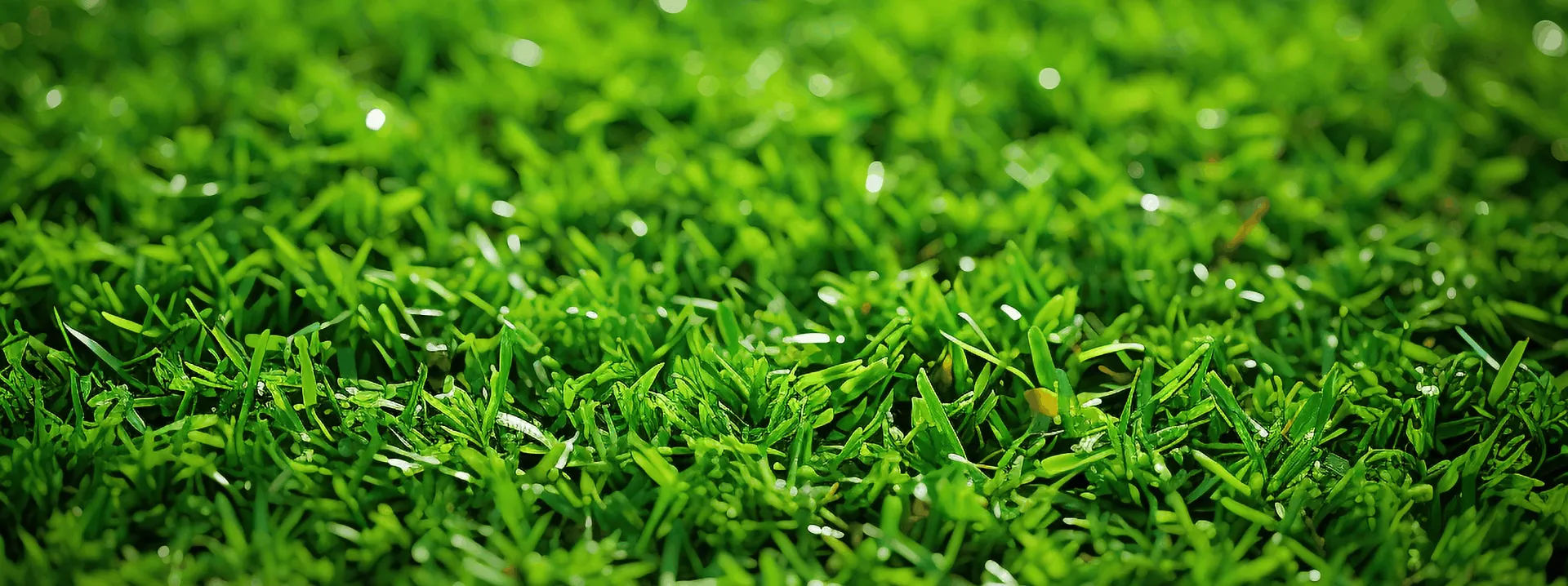
- Afrikaans
- Arabic
- Belarusian
- Bengali
- Czech
- Danish
- Dutch
- English
- Esperanto
- Estonian
- Finnish
- French
- German
- Greek
- Hindi
- Hungarian
- Icelandic
- Indonesian
- irish
- Italian
- Japanese
- kazakh
- Rwandese
- Korean
- Kyrgyz
- Lao
- Latin
- Latvian
- Malay
- Mongolian
- Myanmar
- Norwegian
- Persian
- Polish
- Portuguese
- Romanian
- Russian
- Serbian
- Spanish
- Swedish
- Tagalog
- Tajik
- Thai
- Turkish
- Turkmen
- Ukrainian
- Urdu
- Uighur
- Uzbek
- Vietnamese
Benefits and Features of Artificial Turf Cricket Pitches for Modern Play
Nov . 30, 2024 19:01 Back to list
The Rise of Artificial Turf Cricket Pitches A Game Changer for the Sport
Cricket, a sport steeped in tradition and history, has evolved significantly over the years. One of the notable advancements in the game is the introduction of artificial turf pitches, which have begun to revolutionize the way the sport is played, practiced, and maintained. The transition to artificial turf not only provides a consistent playing surface but also addresses several challenges faced by conventional grass pitches.
Understanding Artificial Turf
Artificial turf, a synthetic surface made from materials such as polyethylene or polypropylene, mimics the appearance and feel of natural grass. In cricket, the benefits of artificial turf pitches are manifold. They provide a durable and resilient surface that withstands various weather conditions, ensuring that matches can go ahead with minimal interruptions. Unlike traditional grass pitches, which can suffer from muddy patches or uneven wear, artificial turf remains consistent throughout the playing season.
Advantages of Artificial Turf in Cricket
1. Consistency and Predictability One of the primary benefits of using artificial turf is the consistency it offers. Players can rely on a uniform bounce and spin, which enhances their ability to practice and perform at their best. This predictability leads to better gameplay, as athletes can develop their strategies knowing that the pitch will behave in a similar manner each time.
2. Reduced Maintenance Traditional grass pitches require significant upkeep, including regular mowing, watering, rolling, and reseeding. In contrast, artificial turf significantly reduces maintenance time and costs. Clubs and schools can allocate resources more effectively, focusing on player development and community engagement rather than pitch upkeep.
3. Extended Playing Time With artificial turf, cricket can be played in a wider range of environmental conditions. Heavy rain, for instance, can render grass pitches unplayable for days, while artificial turf allows for immediate play once the rain stops. This reliability means more opportunities for matches and practice sessions, benefiting players and fans alike.
artificial turf cricket pitch

4. Increased Accessibility The use of artificial turf pitches can also enhance accessibility to cricket. Parks and recreational areas often find it easier to install and maintain artificial turf, enabling more local communities to enjoy the game. This accessibility can lead to increased participation in cricket, helping to grow the sport at grassroots levels.
Challenges and Considerations
Despite the numerous advantages, the introduction of artificial turf in cricket is not without its challenges. Some purists argue that it deviates from the traditional essence of the game, where the interaction between the ball and a natural pitch is unique and contributes to the sport's character. Additionally, concerns about player injuries, particularly due to the harder surface of some artificial turfs, have been raised. Proper research and development are crucial to ensure that the synthetic surfaces are designed with player safety in mind.
Moreover, the environmental impact of producing and disposing of artificial turf is a growing concern
. Increasing awareness around sustainability is leading to innovations in creating eco-friendlier options, with manufacturers focusing on recyclable materials and sustainable production processes.The Future of Artificial Turf in Cricket
As technology advances, the future of artificial turf cricket pitches looks promising. Innovations such as improved drainage systems, shock-absorbing layers, and environmentally friendly materials are likely to emerge. These developments not only address the concerns of traditionalists but also enhance the safety and performance of the players.
In conclusion, the rise of artificial turf cricket pitches represents a significant shift in the landscape of the sport. While it may pose challenges, the benefits of consistency, reduced maintenance, and increased accessibility cannot be overlooked. As cricket continues to grow and attract new players and fans, the integration of artificial turf pitches could play a crucial role in shaping the future of the game, making it more inclusive and adaptable to modern demands.
-
The Benefits of Artificial Turf for Indoors
NewsJul.15,2025
-
How Artificial Grass Suppliers Ensure Quality Products
NewsJul.15,2025
-
Artificial Grass and Pets: A Space for Relaxation
NewsJul.08,2025
-
Balcony & Outdoor Decoration with Artificial Grass
NewsJul.08,2025
-
Best Indoor Artificial Grass for Home
NewsJul.07,2025
-
Best Pet Turf for Dogs: Safe & Durable Artificial Grass Options
NewsJul.07,2025
Products categories









